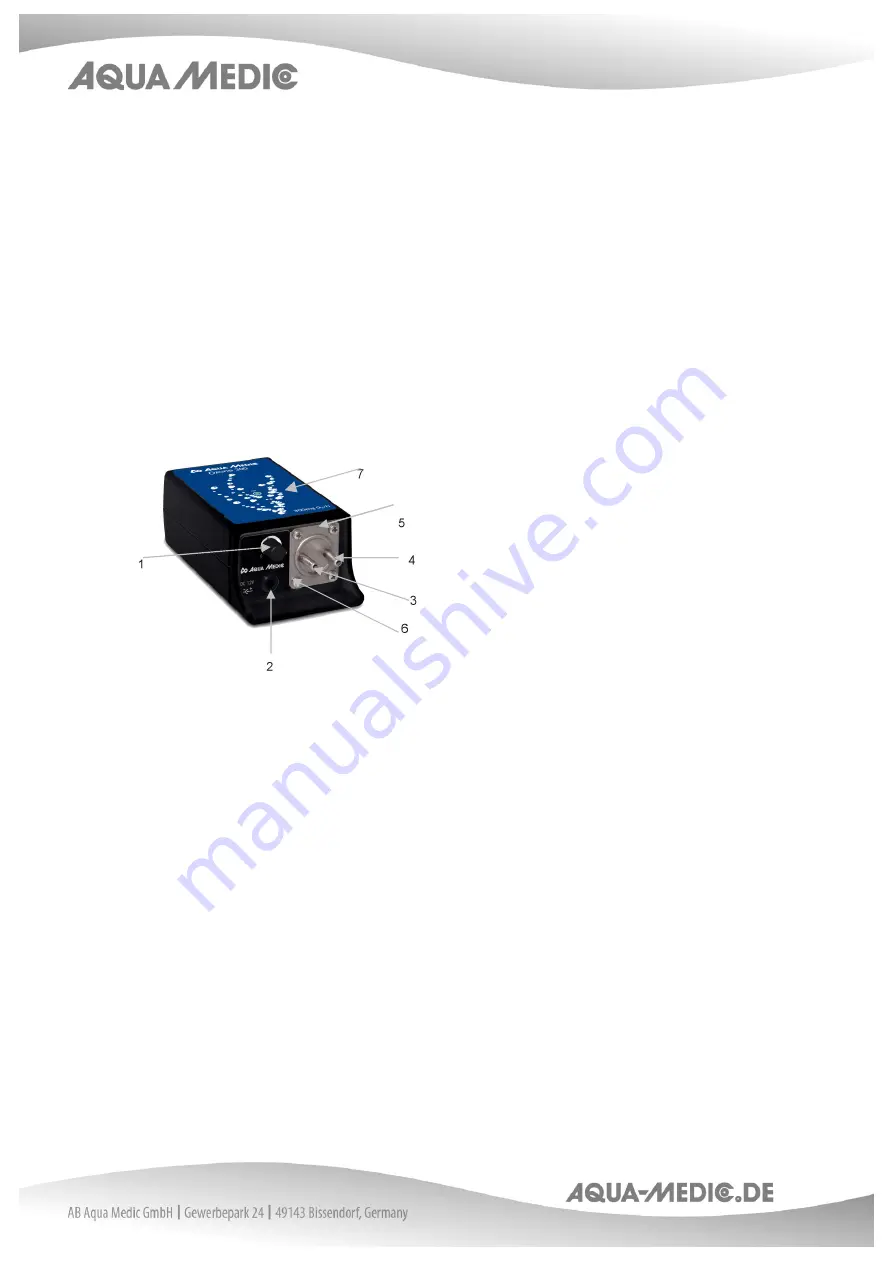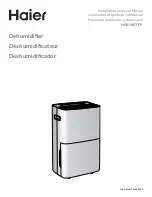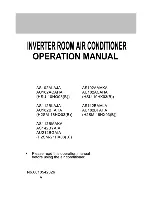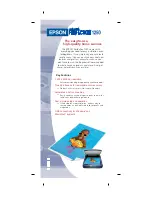
6
4.
Adjustion
The ozone unit has got a control unit (potentiometer) (1) by which the ozone output can be adjusted
continuously. We recommend to use 10 mg ozone/h as standard value for a 100-l-salt water tank and 5 mg
ozone/h for fresh water aquariums. The operation of the unit is indicated by the LED (7). When started, it glows
just weakly. If power is increased at the potentiometer, it lights more strongly, at 100% the LED glows constantly
strong.
To determine the exact ozone requirement of the aquarium, we recommend to use the ozone unit combined
with an ORP (redox potential) controller, e. g. Aqua Medic mV controller or mV computer. The mV computer
switches the ozone unit off automatically as soon as the adjusted set value of the redox potential is reached.
Overdosing of ozone is toxic for all life in aquarium.
For start up, we recommend to increase the ozone output slowly over a period of 14 days to let the biology of
the aquarium adjust to better water quality.
Available spare parts: Please refer to www.aqua-medic.de.
5.
Maintenance/Cleaning
The ozone production decreases considerably due to the influence of high humidity and dust. The ozone element
can be opened and cleaned easily. We recommend to check and clean the unit every 8 – 10 weeks, if operated
continuously.
How to clean the ozone element:
-
Disconnect the power plug (2).
-
Loosen and unscrew the screws (6) of ozone element (5).
-
Take off lid of ozone element.
-
Clean ceramic ozone plate with a soft cloth, using warm tap water. Do not use detergents! Let it dry again.
-
Put lid of ozone element back in place and check that the seal is placed exactly back into the groove.
-
Tighten screws evenly.
-
Connect power supply.
6. Failures
The ozone production may decrease due to water or dirt entering the ozone element. Try to remove any particles
by blowing air through the unit or clean it as described before. If the failure cannot be removed, please send
the unit in for repair.
Fig. 3: parts of the ozone unit:
1.
Control unit (potentiometer)
2.
Power plug
3.
Air inlet
4.
Ozone outlet
5.
Ozone element
6.
Screws
7.
LED (operation indicator)


































